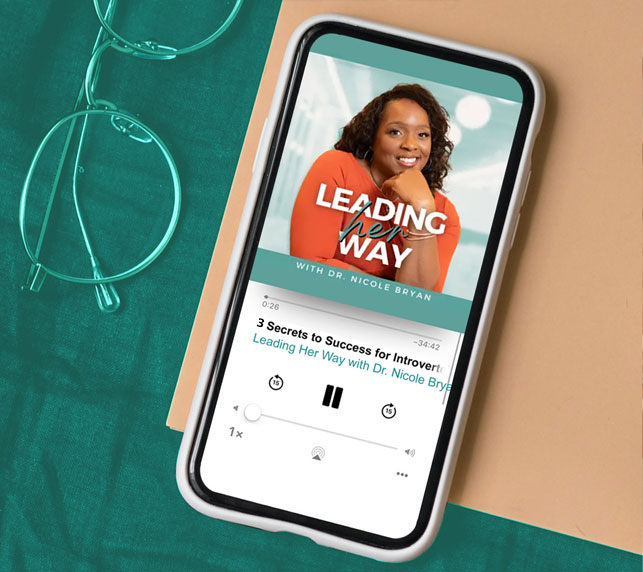*** FREE RESOURCE: Grab Your Leader Self-Care Guide***
Have you already achieved work-life balance as a leader?
Are you proud of how you spend your time?
As we go through the day, week, and year it can be easy to forget that each of us has been granted a finite amount of time during this lifetime.
In truth, we don’t know how long it will last but we know that we have this moment.
So, it is worth asking and answering – every day – are you proud of how you spend your time as a leader?

The Ongoing Terminology Debate.
Every few months or years, a new term is introduced to capture the elusive state of “being balanced” between all of life’s demands.
Work-life balance, work-life fit, work-life blend, work-life harmony, work-life synergy, work-family balance, work-life fitness, work life integration and on and on.
The right terminology continues to elude experts and probably you too, but it’s ok because it is the intent of the terminology that is most important.
It really doesn’t matter what you call it, as long as you feel as if you are spending your time and energy with the people and in the places you want to.
That you experience joy and satisfaction, with minimal guilt and burden.
My biggest challenge with the terminology created thus far is its attempt to compartmentalize life experiences.
Life is too complex to be divided into only two buckets: work and life.
It’s a false dichotomy and way too simplistic to accurately capture most people’s activities and interests.
(After all, work is a part of life, so which bucket would it really go in? And where would paid work versus volunteer work versus work for the household land? Sigh – see what I mean. Work versus life is not as black and white as it seems with the term work-life. But I digress.)
What is certain is that we are living now.
And we each have various roles.
So, I would argue that we are seeking satisfaction, “balance”, and fulfillment amongst the various roles (not lives) that we have.

Visualizing Leader Work-Life “Balance”.
Have you ever seen someone walk a tightrope that is up high in the air? Maybe at a circus or a county fair?
That person is not always standing straight and walking effortlessly or quickly across the suspended rope?
Instead, they usually hold a stick in their hands parallel to the floor and they walk deliberately at a controlled pace.
With some weebling and wobbling, often times they pause briefly to regain composure before they continue across the rope.
Or they fall, but get back up.
That’s the visual of “balance” I hold onto.
“Balance”, for me, does not mean “equal”.
It is completely unreasonable and in most cases impossible to spend equal time in all areas of your life.
But it is possible to be deliberate about how you choose to spend your time and energy at every phase of your life (and every day), and to pause and recalibrate when the way you spend your time no longer feels “good”.
So this brings us back to the opening question.
Are you proud of how you spend your time? (Asked differently – Are you satisfied with how and where you currently spend your time?)
Three Considerations As You Strive for Leader Work-Life “Balance”.
1.Develop your own definition.
You absolutely must determine what “balance” is and feels like for you.
Your definition of “balance” is as unique to you as your fingerprint.
Input from others can certainly influence your definition, but you must own it.
And you will know when the definition you are living by is really yours, or someone else’s. It will feel like you’re wearing someone else’s coat. Like you went to a party, and came home with a coat that looks exactly like yours but fits you wrong because it actually belongs to someone else.
I encourage you to make a list of 5-10 of your significant life roles. Then make two columns lableled “Current” and “Desired”.
Use the list to think about what a balanced life looks like for you using your life roles.
Reflect on how you currently spend your time across your roles.
Then using your vision of “balance”, determine how that might be the same or different in your desired state.
This is an example template.
| Role | Current (%) | Desired (%) |
| 1. Spouse | ||
| 2. Worker | ||
| 3. Spiritual Participant | ||
| 4. Family Member | ||
| 5. Parent | ||
| 6. Hobbyist | ||
| 7. Friend | ||
| Total | 100% | 100% |

2.Acknowledge that your definition of “balance” will shift.
Expect that role balance will look and feel different for you at every stage of life.
Balance in your mid 20’s will likely be very different in your 40’s and then different again in your 60’s.
Which is a good thing because it points to change and growth.
So refrain from getting stuck with only one, inflexible definition for yourself.
Role balance will ebb and flow given where you are and what is happening in your life.
3.Strive for action versus words when it comes living a “balanced” life.
Notice, we’ve not yet acknowledged how other people might want you to spend your time.
That’s because their opinions only become relevant if their desires are also important to you.
If you care about what your spouse, your children, your team or your boss want/need of your time then it is assumed that you’ve incorporated those relevant needs and wants into your own and have made them a priority.
Because if we take a moment for REAL TALK, you may have many people and places vying for more of your time and energy, but you don’t really want to give it.
Yet you may be reluctant to admit that even to yourself.
For example, for the past year your spouse may have been asking to spend more time together. And although you say spending time together is also your priority, you have not yet taken any steps to do so.
Sticking with that example, you should challenge yourself and question whether “balance” for you genuinely includes more time with your spouse. Or whether you are actually fine with things the way they are, despite it not being politically correct to say so.
In the end your actions, rather than your words, are what will get you to your optimal role balance.
Final Thoughts.
Your definition of balance is uniquely your own. And it will grow and change as you journey through life.
The key will be remaining honest with yourself about your wants and needs, and being willing to adjust your actions to find your balanced sweet spot.
And remember, finding “balance” as a leader does not always require grand gestures or big changes.
Sometimes, making small self-care adjustments throughout your day can make a world of difference as well.



